I found Research and Communication very useful this semester and it has taught me many new skills which will be very helpful to me in the future.
The first task, Online resources I really enjoyed as I was able to research in to a subject area I found very interesting. It also made me realise what a useful webpage and online resources are and how important it is to find reliable information to use within my work. I found the session gave me good idea of what to look for when researching and how to figure out whether it’s a reliable source or not. I found it similar with the Harvard referencing as it made me look for information within webpages and articles I did not look for before.
I found I struggled with the visual research, as I could not find the exact sources that my chosen designer used. However, this then made me look further into the artists work and analysis it further and try and figure out what they were inspired by. This then made me aware of how the development process worked and how I could reflect this upon my portfolio projects.
When completing the reflective writing task, I struggled as I found it hard to write and give such a personal response. I believed I would find it hard to find other texts that related to my own argument and Barnard’s in Fashion as a Communication. Although, I did struggle to understand the academic writing, which made less confident that my argument made sense, which is why I think that is why I found it hard to use other texts at first. However, after finding text which related to my points, I enjoyed completing the task and found it more interesting and is an area I would like to complete more research in the future.
I also found the ethics task very interesting as I disagreed strongly with Duncan Quinn’s advertisement, because of this I found the task easier than others, which could also be due to the broad range of similar arguments I found online. It also made me more aware of how there is ethical decisions to be made in all areas of work, which will be very beneficial to me in the future.
Throughout the module I did struggle as in some areas such as the reflective writing I found it hard to form my own points and physically explain them in written work. However, throughout the semester this has become easier for me and I know with further practice throughout the course I will improve.
In conclusion, I believe that this Research and Communication module has been very beneficial to me as it has taught me about how to analysis both visual and written work, which before I did struggle with. It has also given me more time management skills and made me more organised as I had work out how to fit in the work around the portfolio modules. Overall, I have really enjoyed this semester and look forward to continuing this further in semester two.

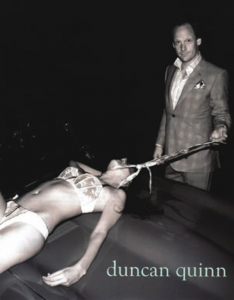

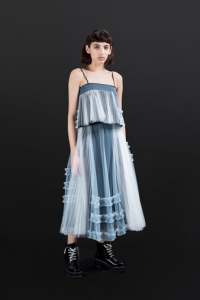

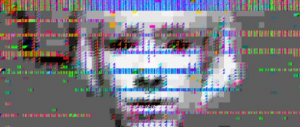
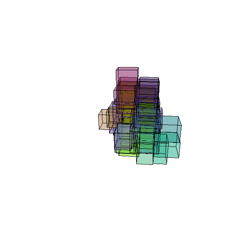


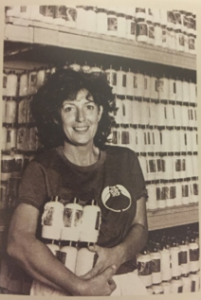
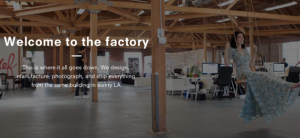 ainable practices in businesses, I found a report published in 1992 by the ‘International Institute for Sustainable Development’ in conjunction with Deloitte & Touché and the ‘World Business Council for Sustainable Development.’
ainable practices in businesses, I found a report published in 1992 by the ‘International Institute for Sustainable Development’ in conjunction with Deloitte & Touché and the ‘World Business Council for Sustainable Development.’